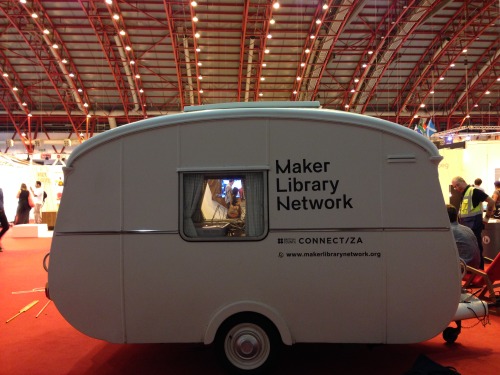Reflections on architecture
HERE + NOW / BROWN + BROWN
June 8th, 2016Had the pleasure of sitting next to Liz from Here + Now at the Scottish Design Awards recently. For those of you who don't know, they won the award for Regeneration for their Hold Me Dear exhibition and the overall Chairman's Award for Architecture. In my opinion, rightly so - It was refreshing to see a community project by a not for profit organisation succeed in a category with projects of such a high standard. They are doing all sorts of other interesting projects and we hope to team up with them in the future.

Well done also to Brown + Brown for their lovely little project in Portsoy.

Rutherford Burnside
June 3rd, 2016GRAS have been granted planning permission for a new farmhouse, studio flat, and stables on the edge of a cluster of existing working farm buildings on the Scottish Borders. RB House will be a contemporary building in a rural setting, which makes a clear departure from the traditional notion of a farmhouse. Inspiration for the form and materiality of the building has been drawn from the agricultural vernacular of the adjacent farm buildings and those found throughout the broader Tweed Valley. The new accommodation is conceived as a reinterpretation of these large, utilitarian sheds and barns, built from readily available and low-cost materials, such as rough sawn timber, mild steel and profiled metal sheet roofing.
The house’s primary orientation follows the northeast to southwest orientation, which is apparent in the majority of agricultural and industrial buildings along the length of the Tweed Valley. On approach, the building appears as a simple, low-slung pitched roof built in corrugated sheet metal supported by a functional steel and glass frame, a ubiquitous form throughout the Borders. Overhanging eaves soften the building’s edge, blurring the threshold from inside to out and heightening engagement with the surrounding landscape. Beneath the eaves and the projecting gable roofs, a continuous terrace runs around the perimeter of the house creating a series of covered spaces of varying scales and outlooks. Continuous timber walls, running the length of the house are broken by sliding screens, which can be drawn aside to reveal floor to ceiling glazed openings. These glazed screens also slide away so that living spaces can be opened up to the terraces on all elevations. This series of internal, covered and external spaces combined with the layered façade provides adaptability to suit seasonal uses. A rational plan with generous circulation both inside and out provides a series of single and double-height linked spaces, each with their own character, scale and framed views across the fields to the Cheviot Hills. Glazed gables provide focused views to the farm steading and to the forested areas to the northeast.
The discreet studio-flat, built into the terraced landscape, makes use of the natural gradient and providing privacy from the main house. Its façade ties into timber fences, which define the terrace edges while a planted roof connects it with the terraced landscape. The stable block, studio-flat, and house are grouped around the terraced landscape to define a series of external spaces for different functions ranging from the more public entrance courtyard to private garden terraces. The terraces provide a degree of delineation to an otherwise untamed landscape, allowing wild meadow grasses and wildflowers to grow in and around formally defined spaces.




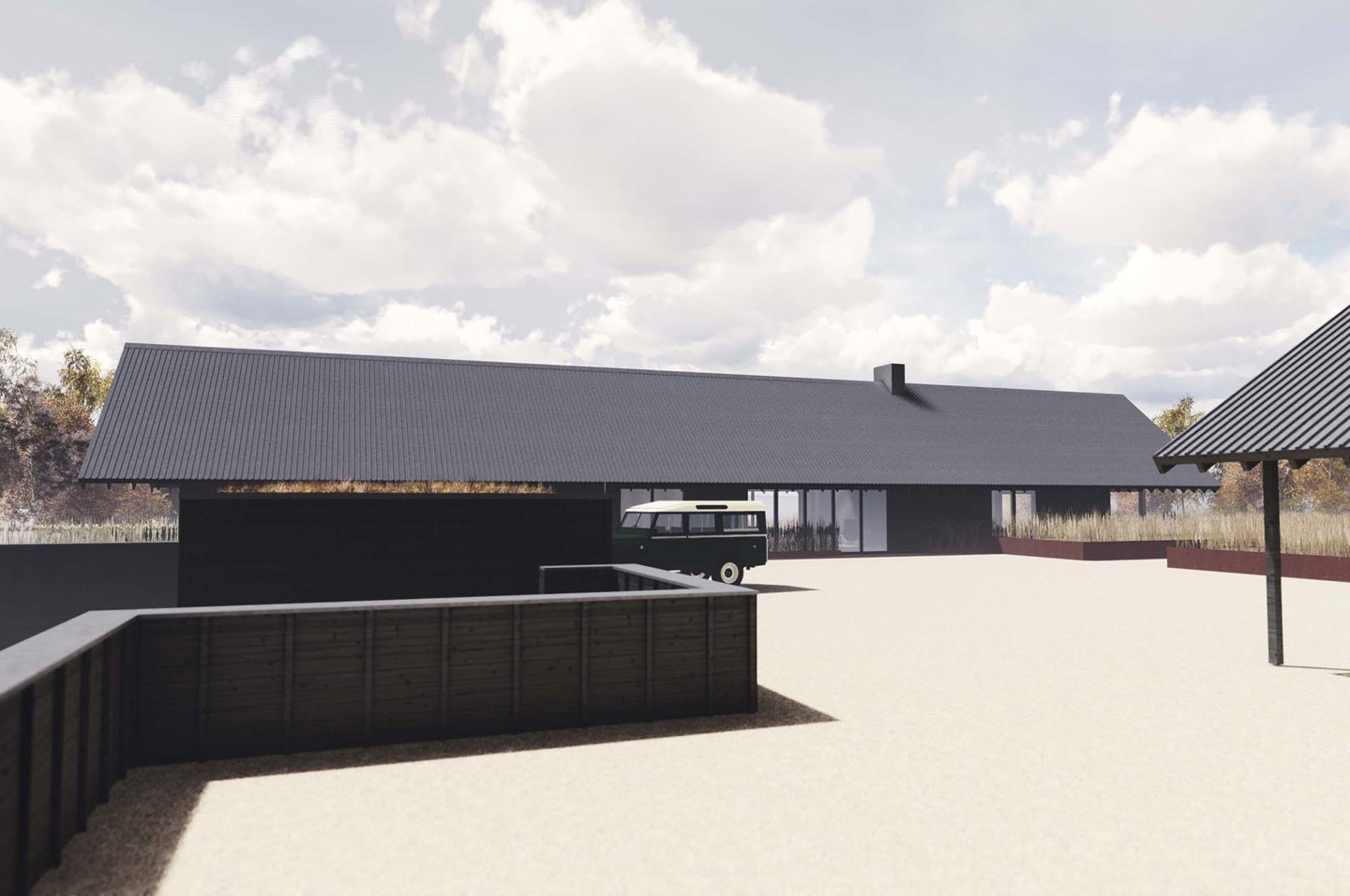





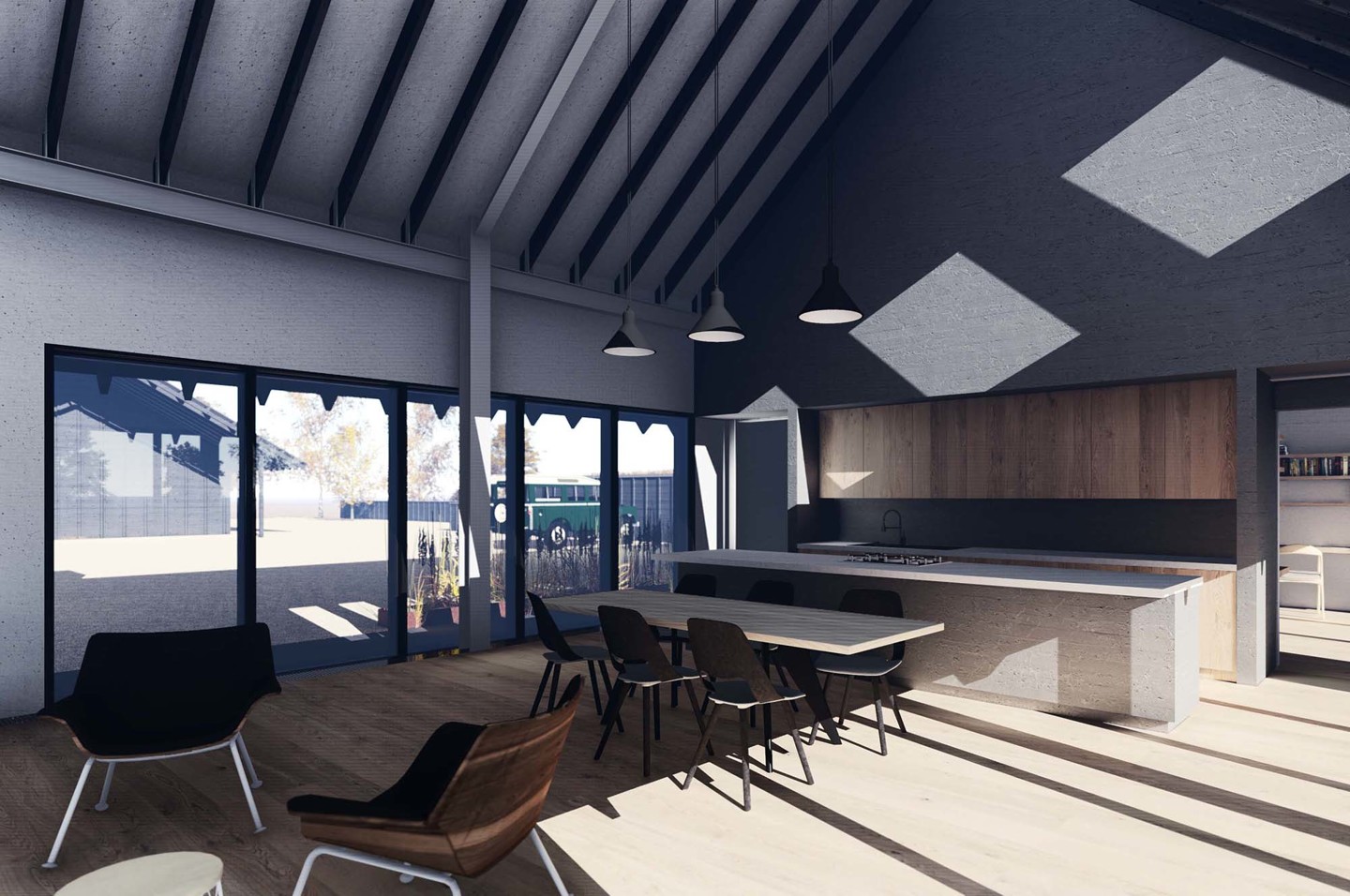

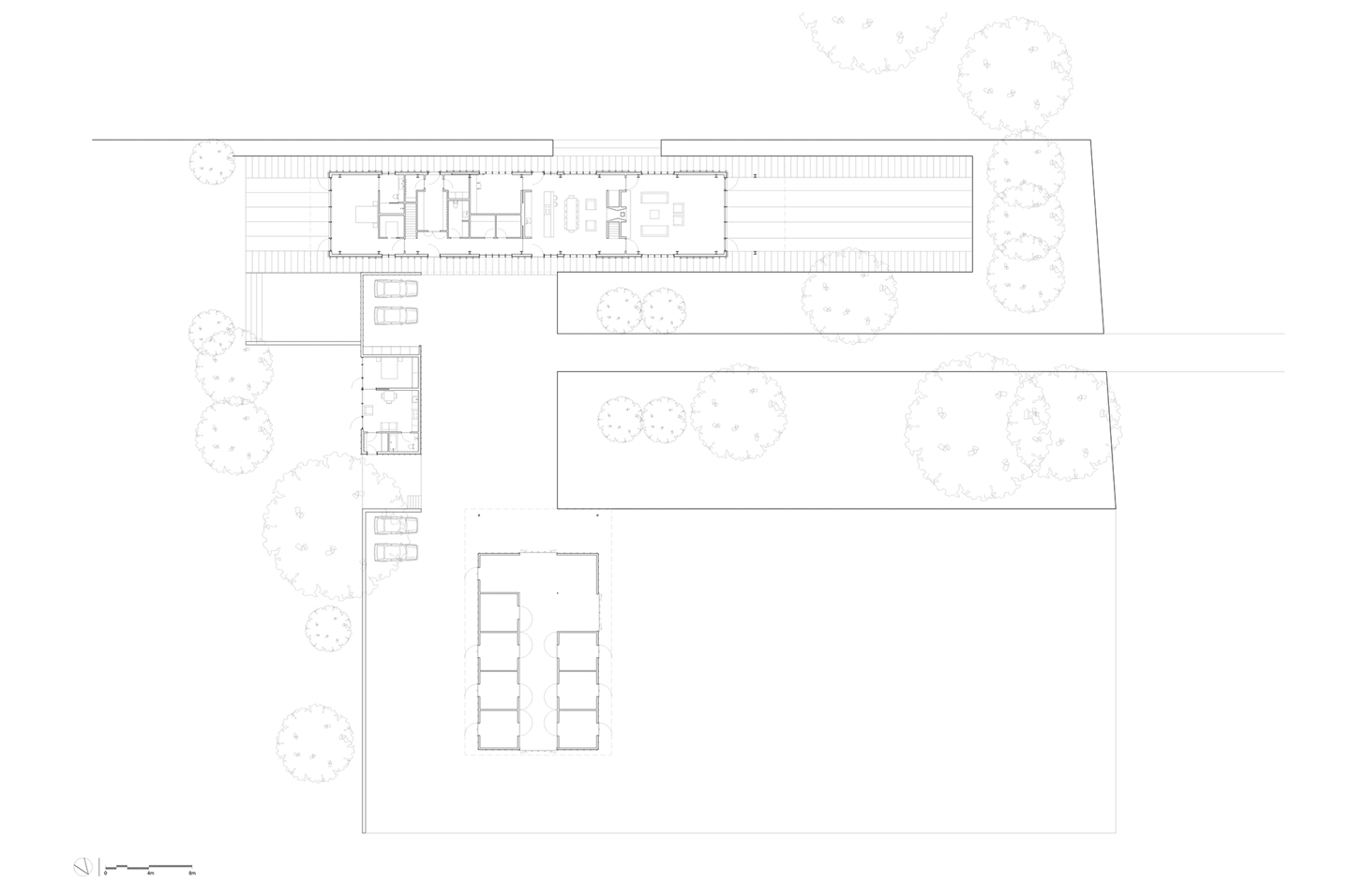

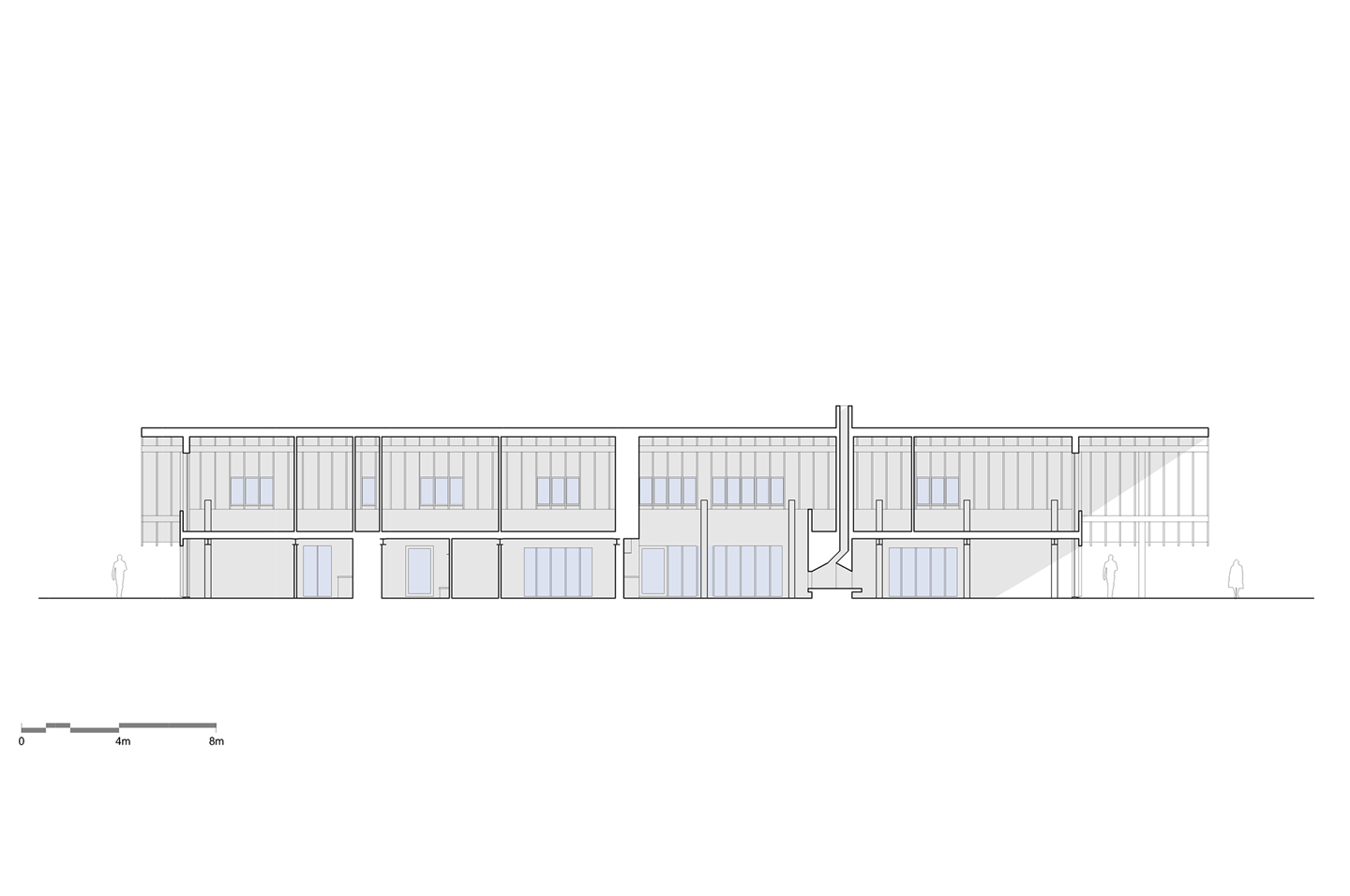
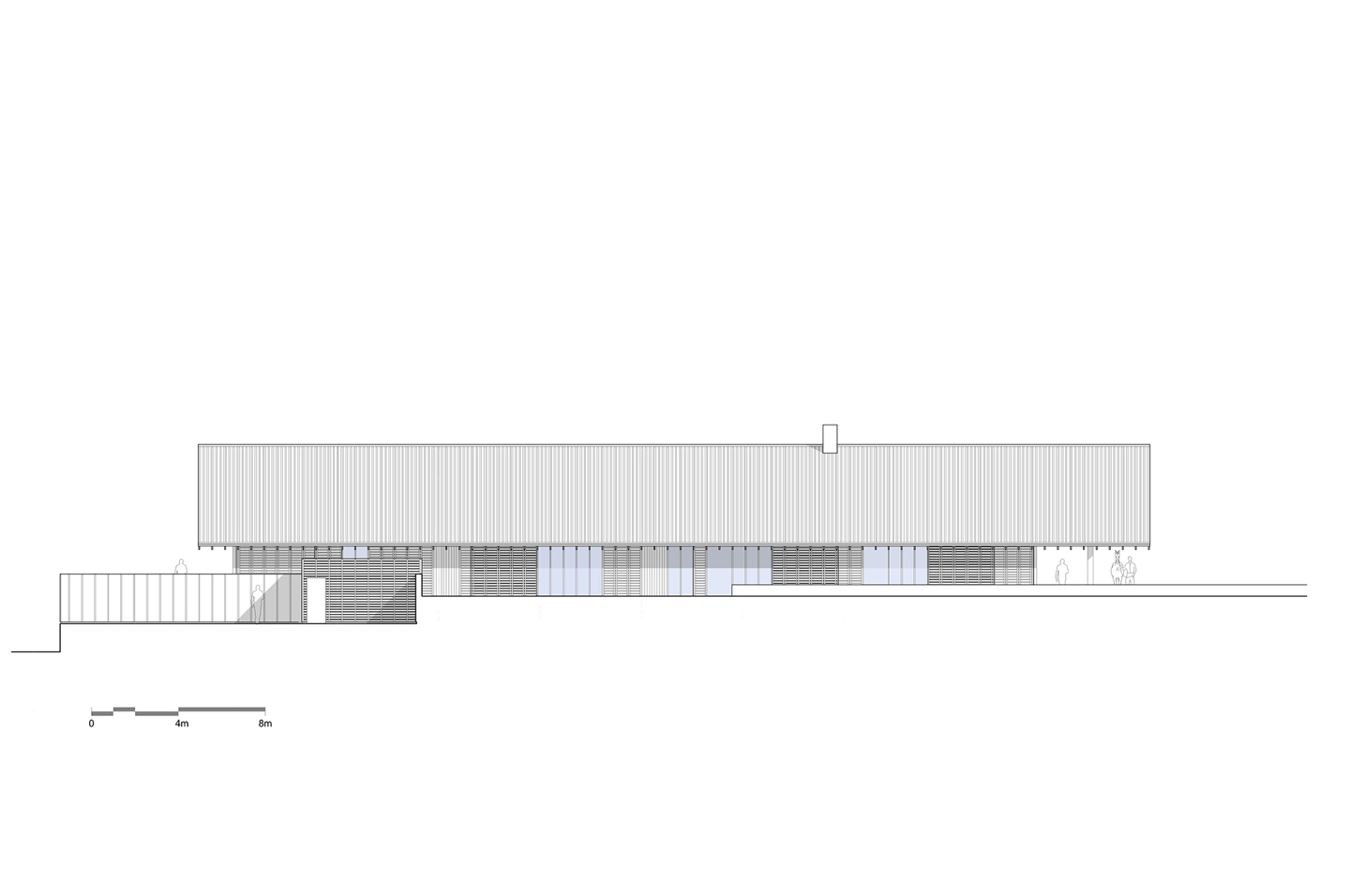

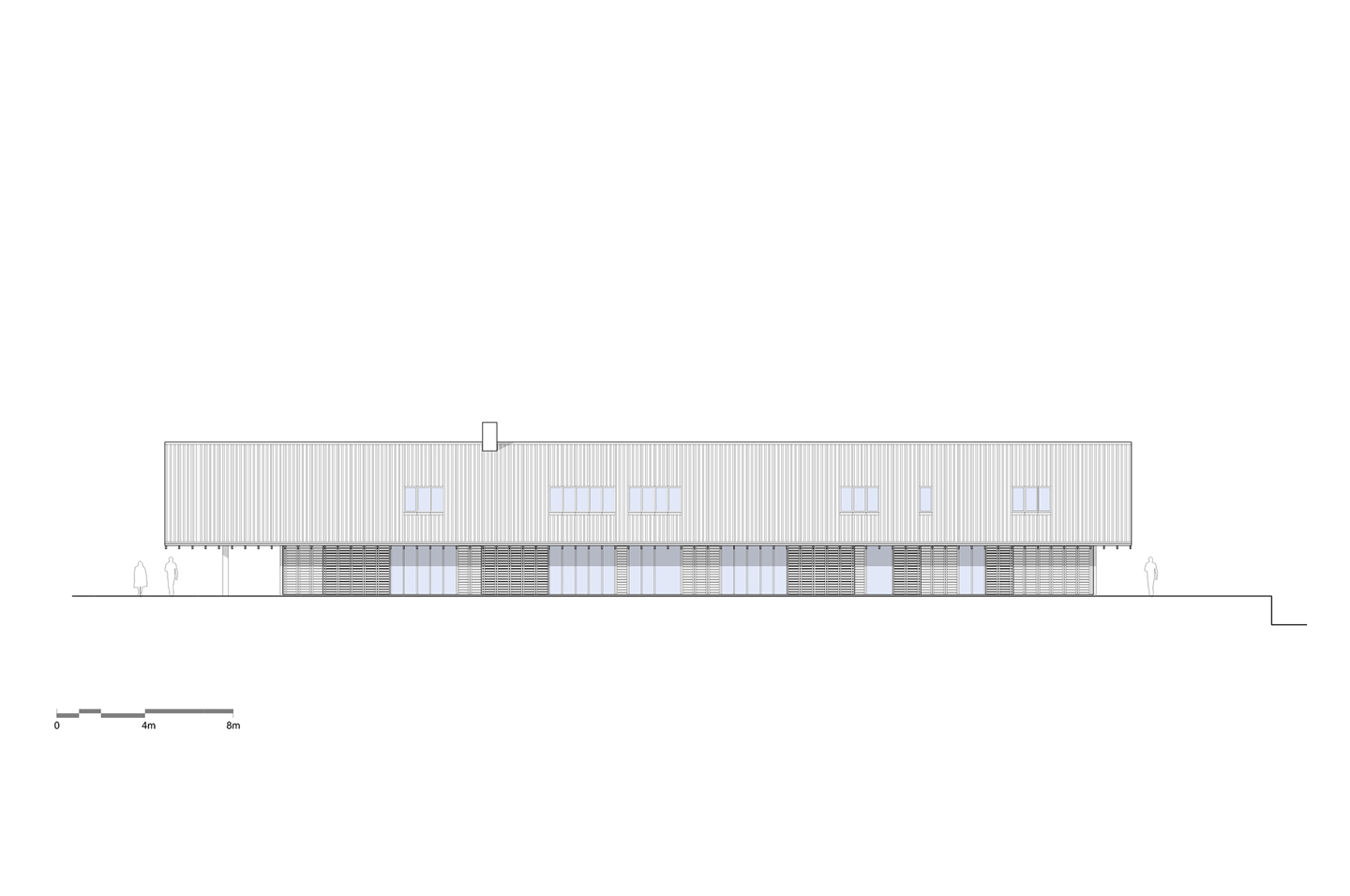
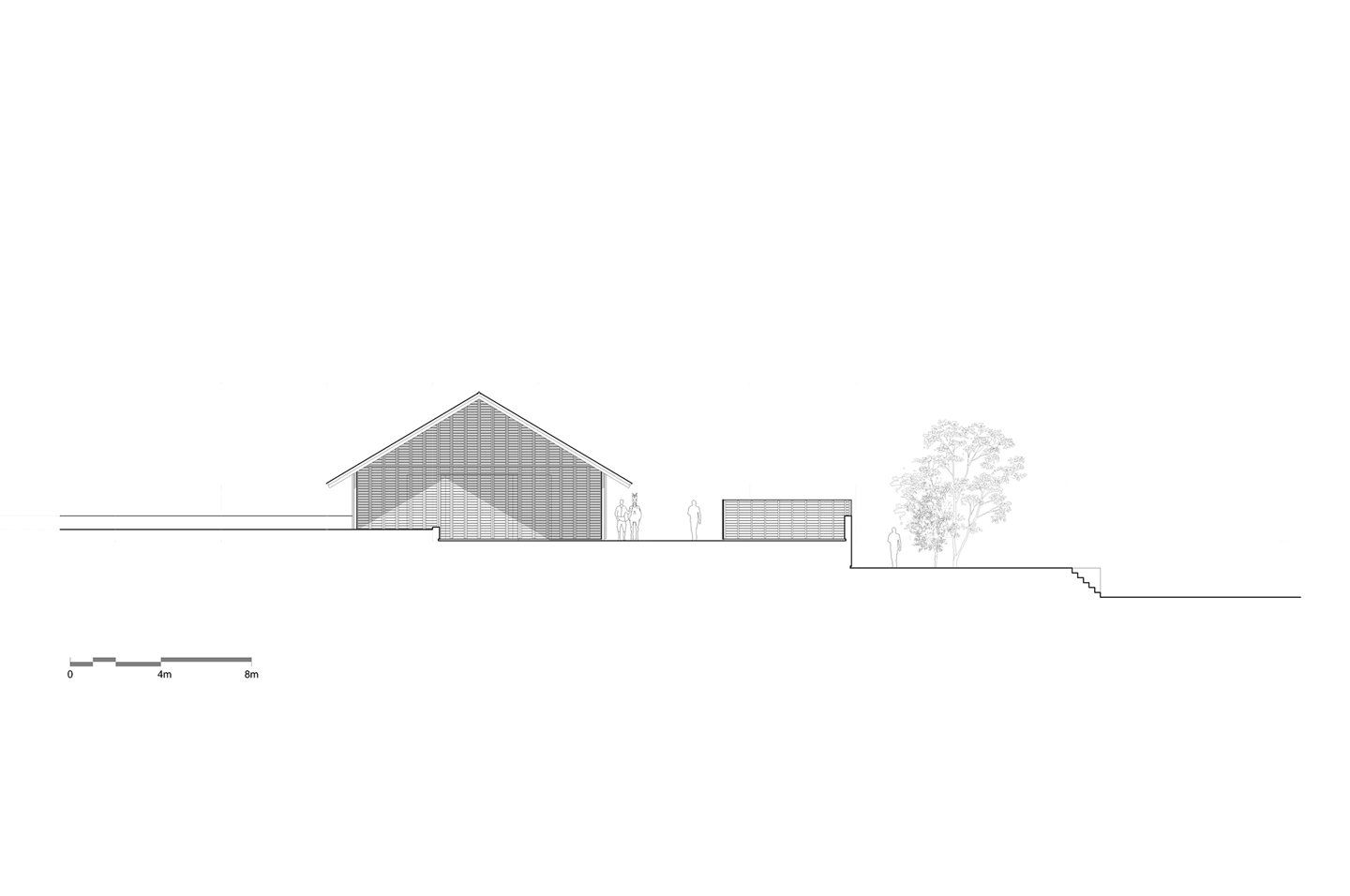

Recently we've started using Instagram as a way of sharing our projects in a quick, accessible way. Follow us @_gras to keep up to date with what we're doing.
SNAGI
November 3rd, 2015A little collaboration project we've been involved with recently.
Currently at prototype stage, Snagi is designed and handmade in Iceland by Architect-maker and GRAS collaborator Vifill Magnusson.
It is a multi-purpose hook cut from solid American white oak. The oak is first laminated in long strips to form the hook’s profile before it is cut across its length into 'V' and 'A' shapes to provide two models for different purposes. Originally designed to hold a mobile phone, owners have found multiple uses including coat hooks, glasses stand or bedside book holder.

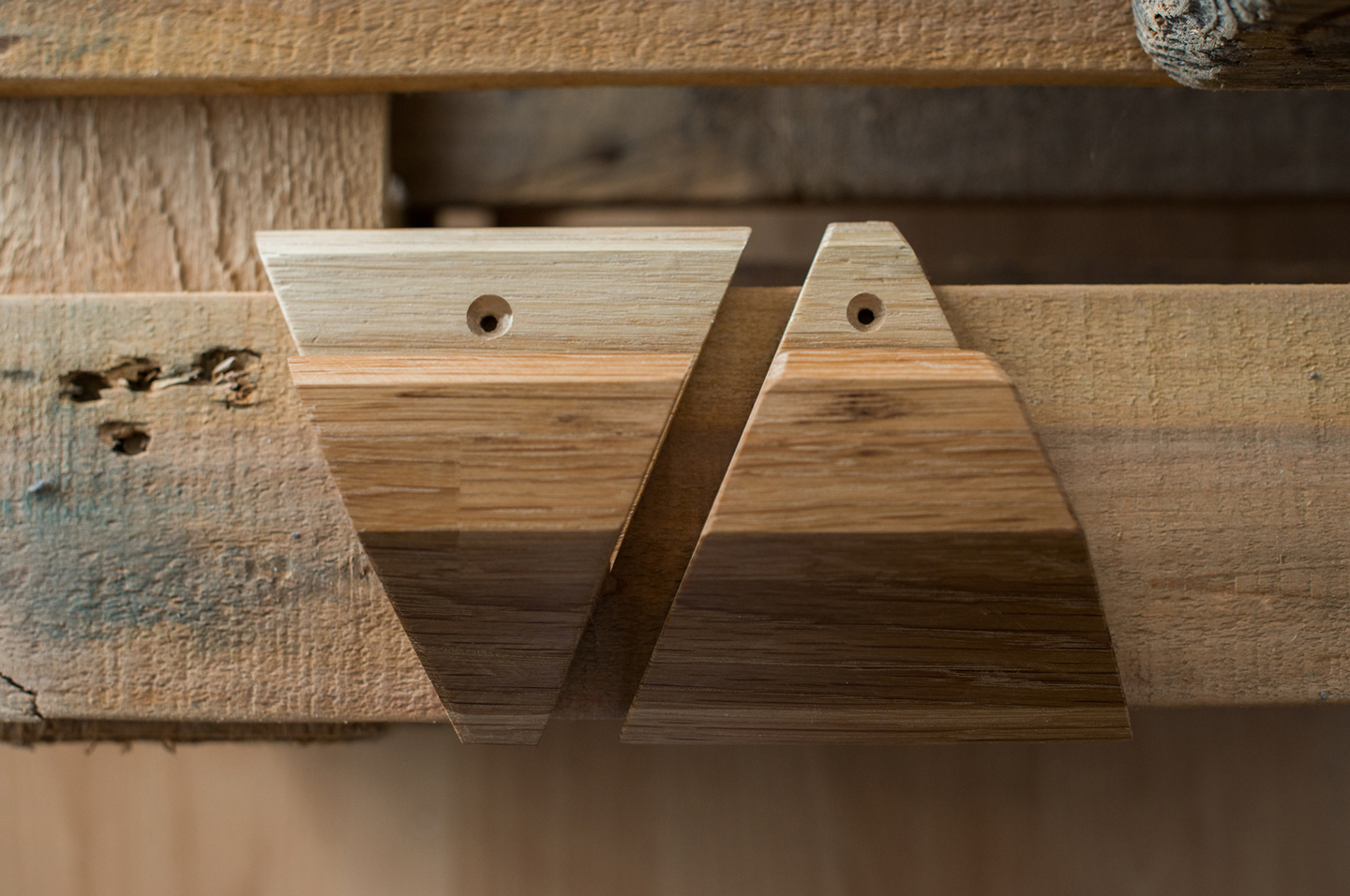

Click here for more info.
MLN Collaboration & Network Event
February 16th, 2015MLN Collaboration & Network Event
As part of the Maker Library Network we recently carried out a short but intensive period of research to identify significant problems affecting local small scale charities.
We quickly identified Artlink as a very worthwhile charity based in Edinburgh to work with and asked them to provide us with their top problems that require a practical solution.
Artlink are an arts and disability organisation established in 1984 with an aim to increase opportunities to take part in the arts for those who experience disadvantage or disability in the East of Scotland.
We then sent out a call to the network to provide design solutions to the following problem:
There is a lack of adaptable resources which can be used by one or more people who don’t tend to engage with many group activities in a centre for complex needs.
With the focus being an object or series of objects that reacts based on and is shaped by the interests and sensory preferences of the person(s) using it.
The winning submission was by South African based Thingking who proposed an interactive table with basic shapes that when touched projects various patterns, sounds & vibrations on an adjacent surface.
So on the 17th Feb 2015 we'll be taking our mobile maker library to MAKLab's new micro-manufacturing facilities at Commerce Street in Glasgow whwere ourselves, Makeworks and Maklab alongside representatives from Artlink will attempt to prototype the proposal. The solutions and outcomes from the event will then be exhibited and their design made available open source on the MLN.
The aim is to utilise the Maker Library Network and combine the skills, imagination and facilities of its members to deliver a meaningful and focused tangible output which is scalable and has the potential to deliver a wider social benefit.
We are also keen to open up the discussion about accessible design which as we’ve already come to realise is very challenging. So please let us know if you have any comments or ideas.
